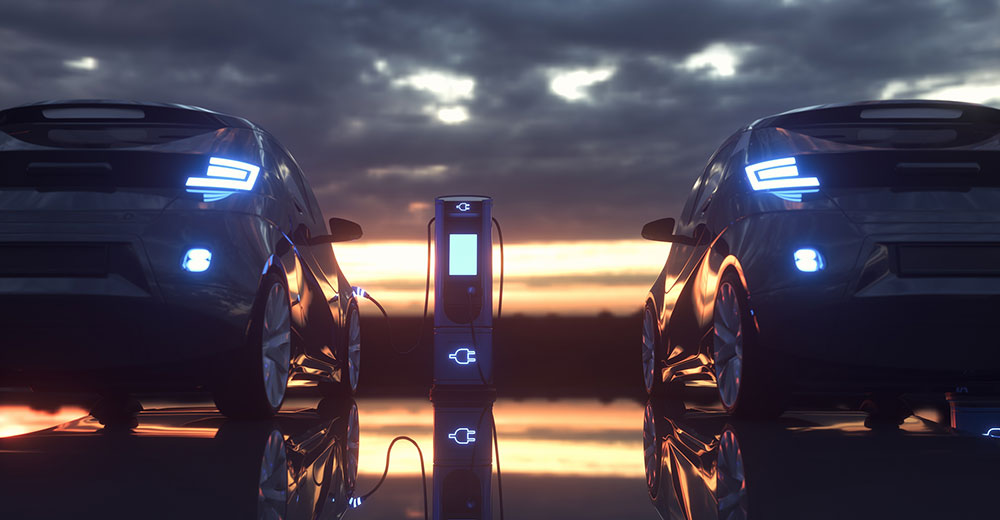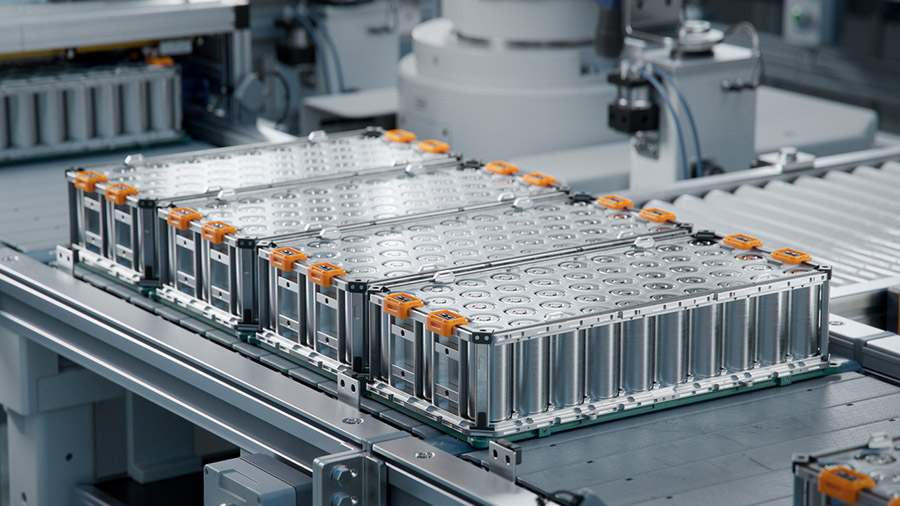The Rise of Electric Vehicles: Are We Ready for a Gas-Free Future?.

Electric vehicles (EVs) have moved from the fringe to the forefront of the global transportation revolution. With rising concerns over climate change, air pollution, and the sustainability of fossil fuels, governments, automakers, and consumers alike are shifting their focus toward a cleaner, electric-powered future.
But while the growth of EVs is accelerating, serious questions remain: Are our infrastructures ready? Can power grids keep up? And how close are we really to a gas-free world?
This article explores the rise of electric vehicles, the progress made so far, the challenges ahead, and what it will take to achieve a future without internal combustion engines.
1. The Electric Vehicle Boom: A Global Movement
The EV market has experienced explosive growth over the last decade, driven by technological advances, policy incentives, and environmental urgency. As of 2024, over 40 million EVs are on the roads globally, with sales increasing more than 50% year-over-year in several key markets.
Key Drivers of EV Adoption:
- Government policies and incentives (tax credits, rebates, and mandates)
- Declining battery costs and increased driving ranges
- Automaker investment in EV research, development, and production
- Public demand for cleaner, quieter, and more efficient vehicles
Countries like Norway, China, the UK, and the Netherlands are leading the charge, with some planning to ban the sale of new gasoline or diesel cars by 2030–2035.
2. The Automaker Shift: All-In on Electric
Major car manufacturers are rapidly pivoting toward EVs. Nearly every major brand now has electric models on the road—or plans to launch them in the coming years.
- General Motors: Pledges to sell only zero-emission vehicles by 2035
- Ford: Investing over $50 billion in EV production by 2026
- Tesla: Leading the EV market with a strong focus on innovation and affordability
- Volkswagen Group: Aiming for EVs to make up 50% of global sales by 2030
The race is on—not just to electrify, but to lead in software, battery tech, and sustainable supply chains.
3. Battery Technology: Powering the Future
Batteries are the heart of EVs, and their evolution is essential to the future of transportation.

Key Trends in Battery Tech:
- Lower costs: Battery prices have dropped nearly 90% since 2010
- Higher energy density: Extending vehicle range (many EVs now exceed 300 miles per charge)
- Faster charging: Ultra-fast DC chargers can deliver 80% charge in under 20 minutes
- Solid-state batteries: Promising greater safety, longer life, and faster charging (still in development)
Innovation in battery recycling and second-life usage is also emerging to ensure sustainability and reduce environmental impact.
4. Charging Infrastructure: Closing the Gap
A key barrier to widespread EV adoption is the availability of convenient, fast charging.
Challenges:
- Lack of public chargers in rural and underserved areas
- Grid strain during peak charging hours
- Variability in charging speeds (Level 1, Level 2, DC fast charging)
Solutions Underway:
- Government funding: Billions allocated in the U.S. and EU for national charging networks
- Private sector growth: Companies like ChargePoint, Electrify America, and Shell Recharge expanding rapidly
- Smart grids: Integrating EVs with renewable energy and demand response systems
To meet future demand, estimates suggest the world will need over 200 million chargers by 2040.
5. Environmental Impact: Are EVs Truly Green?
While EVs produce zero tailpipe emissions, their environmental footprint depends on:

- How electricity is generated (cleaner grids = greener EVs)
- Battery production emissions and raw material extraction
- Vehicle lifetime use compared to gas counterparts
Multiple studies show that even when charged on fossil-fuel-heavy grids, EVs still result in 20–60% fewer emissions over their lifetime. As grids shift toward renewable energy, this benefit grows even larger.
6. Economic and Social Impacts
The EV revolution isn’t just technological—it’s economic. It has the potential to reshape industries, jobs, and geopolitics.
- New jobs: In battery manufacturing, software development, and green infrastructure
- Reduced oil dependence: Reshaping global energy dynamics
- Changes in car ownership models: Subscriptions, shared mobility, and autonomous fleets
However, the transition may also displace workers in traditional automotive and oil sectors, highlighting the need for workforce retraining and inclusive policies.
7. Barriers to a Gas-Free Future
Despite momentum, full electrification still faces hurdles:
- High upfront costs (though declining steadily)
- Range anxiety in regions with limited infrastructure
- Grid capacity and upgrade needs
- Material sourcing and ethical mining concerns
- Consumer education and trust
To overcome these, governments, industry leaders, and consumers must work collaboratively and think long term.
8. The Road Ahead: Are We Ready?
While we’re not fully ready for a gas-free world today, we are laying the groundwork faster than ever. The coming decade will be critical. Success depends on:
- Accelerating infrastructure development
- Incentivizing innovation and affordability
- Greening the grid with renewable energy
- Creating sustainable and ethical supply chains
- Educating consumers and reducing adoption friction
EVs are not just a trend—they’re the future. But the shift requires more than new cars. It requires a new ecosystem, a new mindset, and a commitment to building a cleaner, more sustainable transportation system for all.
Conclusion: Driving Toward a Cleaner Tomorrow
The electric vehicle revolution is well underway. From improved battery performance to expanding charging networks and growing consumer interest, the foundation for a gas-free future is being built in real time.
While challenges remain, momentum is on the side of electrification. Governments, industries, and individuals must now ask not if EVs will dominate, but how quickly we can accelerate the journey. With bold action and thoughtful innovation, a cleaner, quieter, and more sustainable future is not only possible—it’s within reach.



